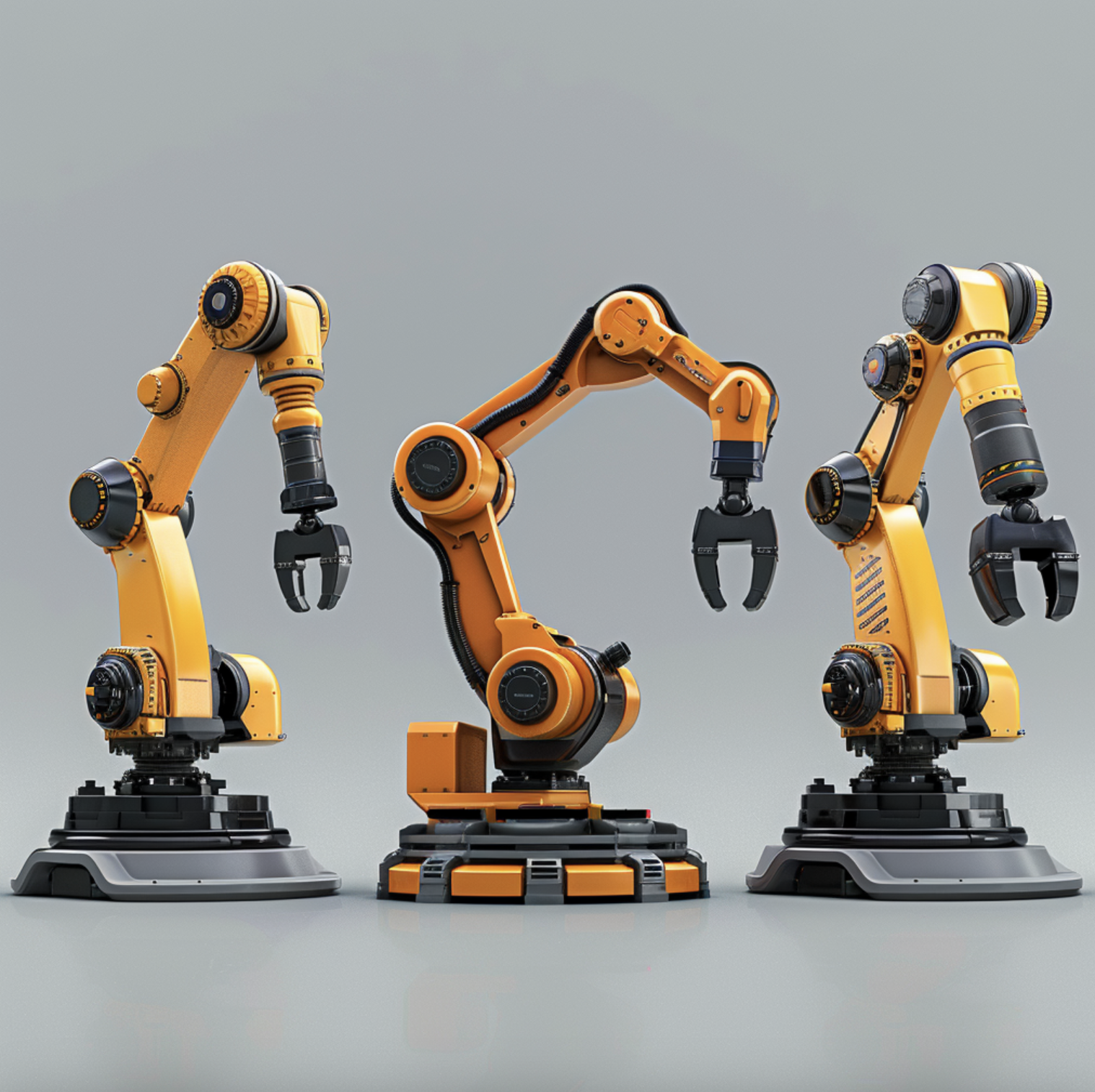

A pick and place machine, also known as a Pick and Place robot, is an automated assembly system that picks up components and places them onto a surface for assembly.
The “picking up” part is done using a vacuum nozzle or mechanical gripper called an end-effector. This end-effector is attached to a robotic arm that moves to pick up the component from its initial position.
The arm then moves the component to the desired location and places it down – hence the name “Pick and Place”.
The specific Pick and Place mechanism used depends on factors like the type, size, shape and material of components being handled as well as required precision and production volume.
So, when choosing a Pick and Place system, it’s important to think long and hard about all these factors to choose a solution that can accomplish your assembly needs efficiently – and cost-effectively, hopefully.
Not every Pick and Place mechanism is the same, and you need to know them like the back of your hand before you invest in one.
Let’s go deeper to uncover what they’re all about:
Their focus is on high-speed, repetitive tasks within a set configuration, making them a staple in environments with minimal product variation but high production volumes.
They’re often seen in sectors like food and drink packaging, pharmaceuticals, and automotive manufacturing, where they excel at tasks like sorting and assembling products quickly and reliably.
Their main strength is in their speed and continuous operation capabilities, offering a cost-effective solution for mass production needs.
However, their rigidity means adapting to product or process changes can be a bit challenging – and potentially costly.
You’ll frequently see these in electronics manufacturing. They’re precision-oriented, and designed to handle the delicate assembly required in electronics production.
These systems shine in placing tiny components onto circuit boards, an absolutely critical process in making smartphones, computers, and other electronic gadgets.
The precision of these machines protects sensitive parts from damage and can be adjusted for various components, making them somewhat flexible within their specialized field.
Nevertheless, their focus on electronics manufacturing limits their application elsewhere, and the significant investment needed for these machines may not be a right fit for all operations.
These are by far the most versatile, using robotic arms that can be programmed for diverse tasks across many industries.
Whether it’s electronics, automotive, food packaging, or general manufacturing, these robots can easily adapt to different shapes, sizes, and materials, integrating with vision systems for enhanced accuracy.
Their biggest advantage? Their flexibility; you can reprogram these robots for different products, allowing for a broader application range.
The trade-off comes with the initial complexity and investment required to set up and program these advanced systems, which might be higher than fixed automation but justified by their adaptability and broad utility.
Note: The best modern robotic Pick and Place systems are actually very easy to set up, requiring no programming knowledge whatsoever.

It’s extremely important to understand that the leading-edge robotic Pick and Place systems today are equipped with intuitive interfaces and smart technologies that significantly reduce setup time.
Unlike traditional models, these modern machines have user-friendly programming capabilities, enabling operators to customize tasks without needing deep technical expertise.
This democratization of technology essentially allows even the most non-technical users to fully harness the power of advanced robotics, opening up new possibilities for efficiency and innovation on the production floor.
Incorporating AI and machine learning, the latest systems can autonomously learn from their operations, optimizing their movements and decisions over time to enhance productivity and reduce waste.
This adaptability is a huge benefit in industries facing rapid product changes or needing to accommodate a variety of part sizes and shapes within the same production line.
Finally, the collaborative nature of some robotic Pick and Place systems – often referred to as "Cobots" – allows them to work alongside human operators with high safety levels
Cobots are designed with safety in mind, equipped with sensors and software that enable them to detect and avoid unexpected obstacles, including people, further reducing the risk of workplace accidents.
When you’re shopping around for a Pick and Place mechanism, there are several factors to keep in mind; things like the end-effector, programming options, and environmental conditions can affect how well a mechanism functions.
Let’s take a closer look:
There are even more factors to consider when choosing a Pick and Place mechanism; the most important being the size, weight and material of the objects you need to manipulate.
Check them out:
Now you have the absolute lowdown on the main types of Pick and Place mechanisms.
Now, it’s up to you to choose: From traditional fixed automation to advanced robotics, there are options aplenty.
But remember; first, you need to assess your specific application and production goals, and then, armed with this overview, you can dive deeper into the leading Pick and Place technologies.
Ready to enhance your Part-Picking processes? RO1 by Standard Bots stands out as a top selection for entities of all sizes, from agile startups to expansive industrial giants.
Connect with our solutions team for a no-commitment, 30-day trial at your facility, including expert advice on integrating RO1 seamlessly into your shop floor.